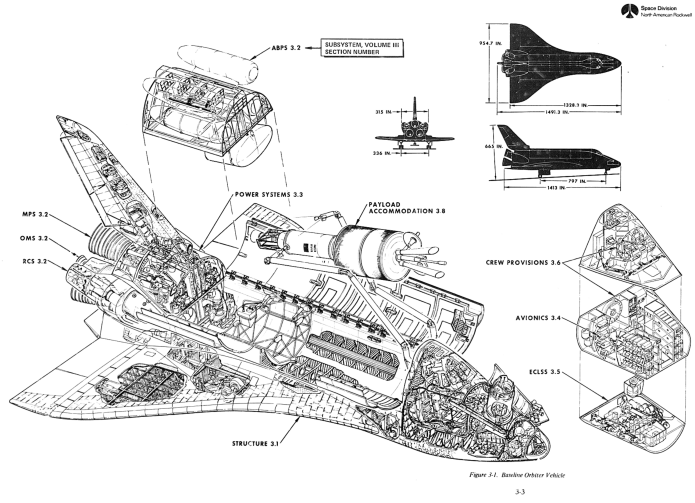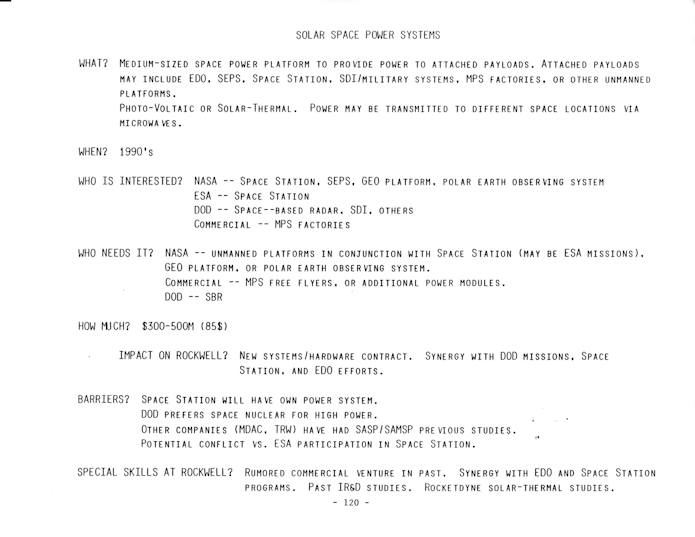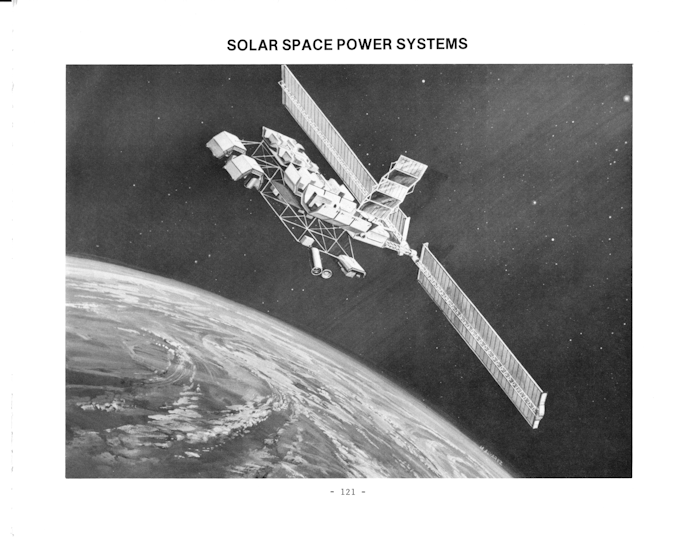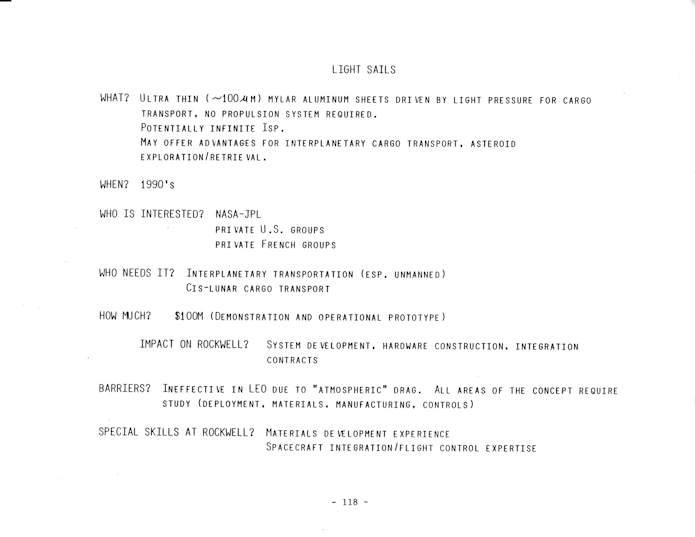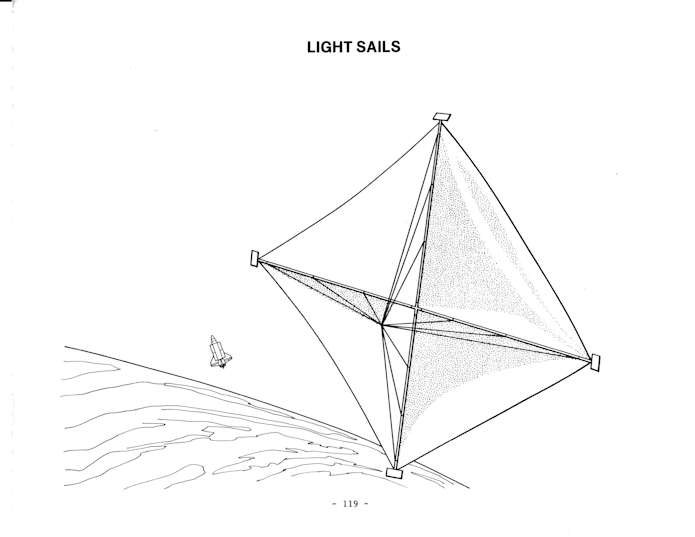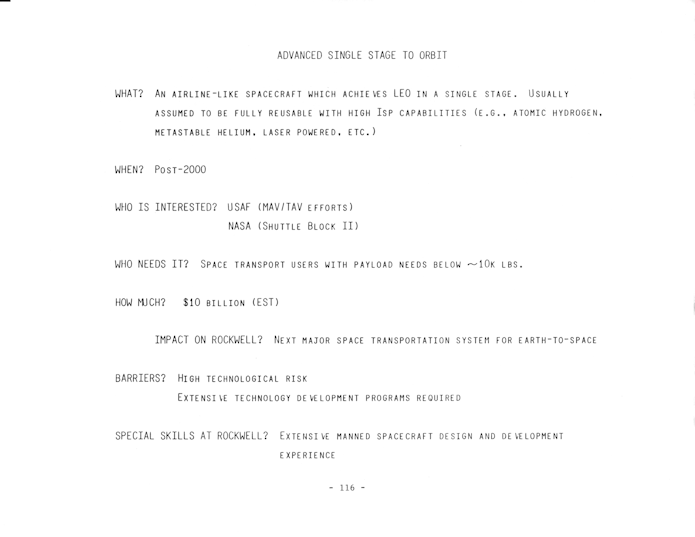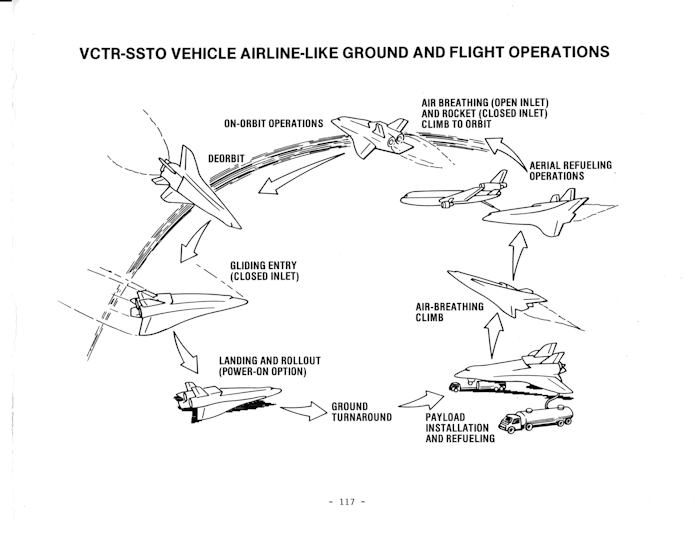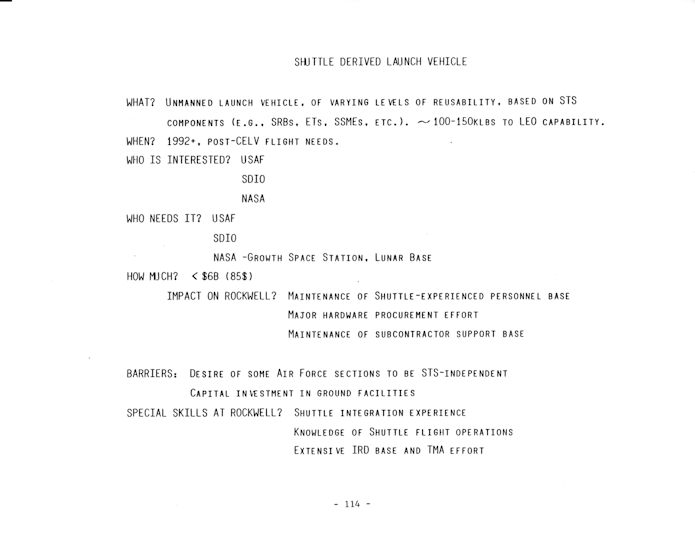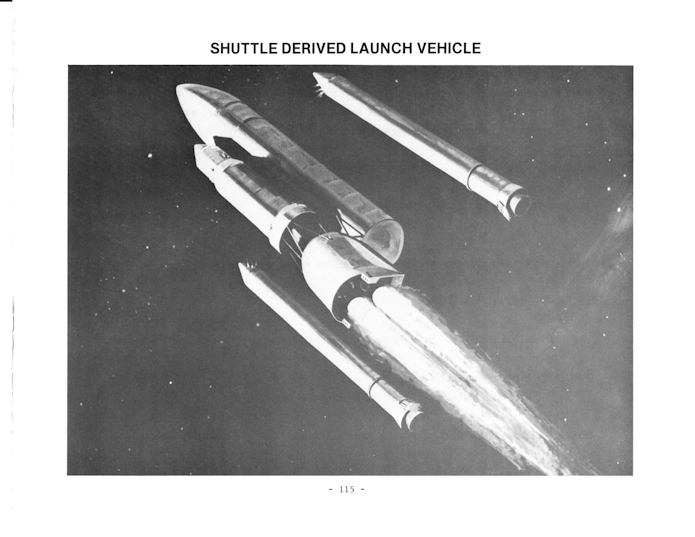If you like the aircraft that applied atomic boot to Imperial Japanese ass – and who doesn’t – then the Smithsonian institution can hook you up. Not only do they have the famed Enola Gay on display, they also have a bunch of photos from 1945 up to more recent restorations available on their website in the form of a couple PDF collections. If you are building a B-29 model or are jsut interested in the B-29 in general or the Enola Gay in particular, this is a heck of a trove.
The first one is 419 pages (313 megabytes), with a lot of photos from what looks like the fifties to the nineties as the Enola Gay was trucked around and variously restored:
https://airandspace.si.edu/webimages/collections/full/A19500100000DOC20.pdf
The second is 318 pages (77 meg) and seems to be detail photos (mostly of pretty much individual components) from a restoration:
https://airandspace.si.edu/webimages/collections/full/A19500100000DOC06.pdf
A number of the photos can be viewed – thought not readily downloaded – here:
Support the APR Patreon to help bring more of this sort of thing to light! Alternatively, you can support through the APR Monthly Historical Documents Program.
